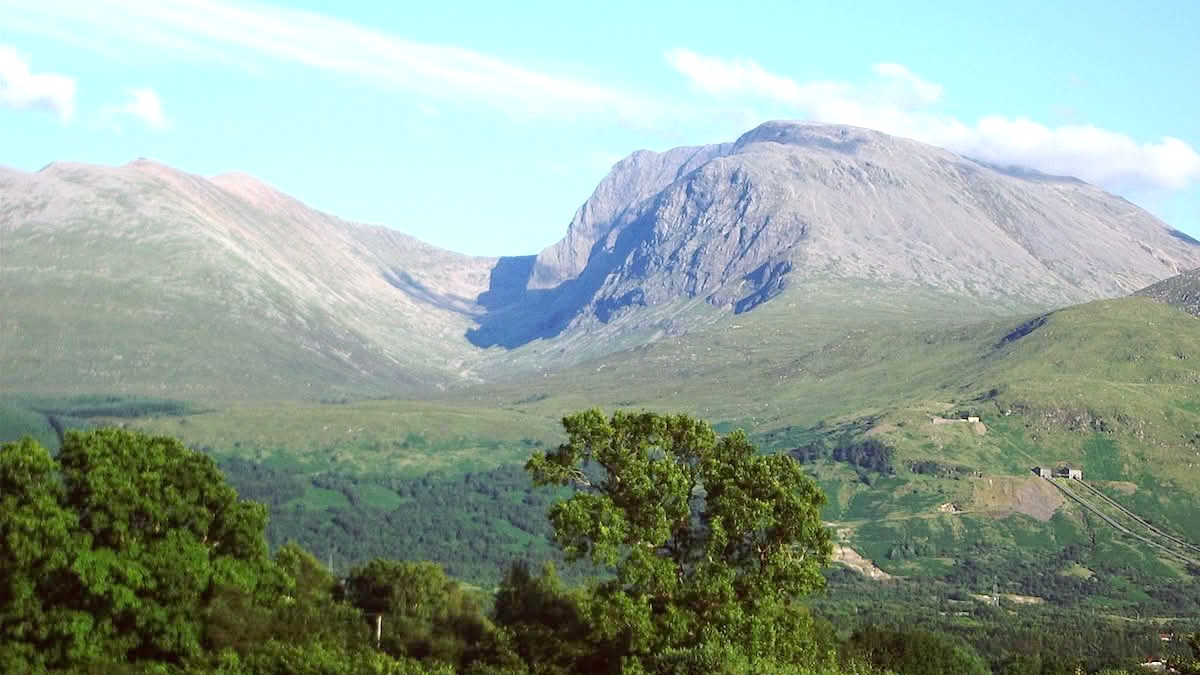
Highlands And Northern Islands, Scotland
This collection of sites has an exceptional glimpse into life over 5,000 years ago.
A remarkably preserved Neolithic village, older than the pyramids of Egypt. Walk among the excavated stone houses, complete with stone beds, dressers, and storage boxes. The village was buried by sand for millennia, protecting its structures.
A magnificent Neolithic tomb, famous for its precise winter solstice alignment when the setting sun illuminates its inner chamber. It also has the largest collection of Norse runic carvings outside of Scandinavia, left by Vikings who broke into the tomb centuries ago.
For non-divers, the Scapa Flow Museum on Hoy has a comprehensive history of the area. Divers can book tours from Stromness.
Consider purchasing a pass for cost savings if you plan to visit multiple paid sites.
Many outdoor sites are exposed. Dress in layers and prepare for wind and rain.
Early mornings or late afternoons often give the best light and fewer crowds.
Consider hiring a local guide for insights into the history and archaeology.
These are ancient and protected places. Stay on marked paths and do not disturb structures or artifacts.
Orkney's museums offer insights into its history, culture, and natural environment.
This comprehensive museum outlines Orkney's role in the World Wars, highlighting the history of Scapa Flow. It recently underwent a significant refurbishment.
This museum examines Orkney life and history, housed in a beautiful 16th-century townhouse. Exhibits are about archaeology, social history, and natural history, giving a timeline of human presence. Entry is free.
This museum centres on Stromness's maritime history, whaling, natural history, and the history of diving in Scapa Flow. It has a specific local perspective.
A fine resource for those interested in local history and genealogy. You find books, maps, and archival materials.
A central museum covering Orkney's rich history from prehistoric times to the present day.
Various smaller galleries showcase local artists' work, often reflecting the island's landscape and heritage.
These ruins next to St Magnus Cathedral show the power structures of medieval Orkney. The Bishop's Palace is from the 12th century; the Earl's Palace shows Renaissance architecture.
A distinctive and moving site. Italian prisoners of war built this beautifully decorated chapel during WWII. A testament to their faith and resilience. A small entry fee or donation is requested.
The impressive remains of an Iron Age broch and associated village. It sits on a promontory overlooking the sea, giving a sense of its defensive purpose. An entry fee applies.
Many historical sites, specifically brochs and cairns, are off the beaten path. Always wear appropriate footwear and clothing suitable for walking on uneven terrain and exposed coastal areas.
Orkney's natural landscape features dramatic coastal scenery and important wildlife habitats.
The most mountainous of the Orkney islands. It is home to the iconic Old Man of Hoy sea stack and spectacular sea cliffs. Hoy has a wilder, more rugged landscape for hiking.
Dramatic sandstone cliffs, sea stacks, and a popular area for coastal walks. Castle Rock is a remarkable feature. This area is fine for birdwatching, with fulmars and kittiwakes.
An RSPB reserve, home to thousands of seabirds (kittiwakes, guillemots, razorbills) in summer. It is also the site of the Kitchener Memorial, a striking monument to Lord Kitchener.
Numerous sandy beaches suitable for walks, even if swimming is for the hardy. Waulkmill Bay (sheltered and calm), Sand of Wright, and St Ola are examples.
Features high cliffs, sea stacks, and a natural arch. It is a fine location for walking and seabird viewing, especially during the breeding season.
An RSPB reserve important for breeding waders and raptors. It has a different landscape from the coastal areas, offering varied birdwatching.
Common and grey seals are frequently spotted along the coast. Whales, dolphins, and porpoises are less common but possible, especially on dedicated boat trips.
Orkney's coast has impressive rock formations, sea caves, and natural arches formed by millennia of erosion.
Situated on the island of Rousay, these are impressive prehistoric and Iron Age sites. Rousay is often called the "Egypt of the North" due to its density of archaeological sites.
Orkney is a mecca for birdwatchers, especially during the breeding season (May-July) for seabirds. Common and grey seals are frequently spotted along the coast.
Many natural attractions are open access year-round. Check specific visitor centers for manned hours if you require facilities.
Coastal paths can be slippery; exercise caution, especially in wet or windy conditions.
Venture off the main tourist routes to discover some of Orkney’s less-known, but equally fascinating, spots.
A collapsed sea cave forming a blowhole. The sea rushes in and out through a dramatic chasm. It is a fascinating and dramatic natural formation.
This tidal island features Pictish and Norse ruins. Access it only at low tide via a causeway. Check tide times carefully before attempting to cross. It has an unique exploration experience.
A distinctive 13-mile stone wall that runs around the entire coastline of this remote island. It keeps the rare seaweed-eating sheep on the foreshore, preventing them from grazing inland. This shows an unique adaptation to the environment.
A true remote island experience.
While the Italian Chapel is well-known, the barriers themselves are a hidden gem for their engineering and scenic drive. These causeways, built during WWII, link several islands and give views of the sunken blockships.
A significant piece of wartime history and impressive engineering.
An underground Iron Age souterrain, hidden beneath a modern housing estate in Kirkwall. It gives a glimpse into a mysterious ancient structure.
Explore a mysterious ancient underground passage.
Ask locals or your accommodation hosts for their favorite lesser-known spots.
Many hidden gems involve walks on uneven terrain. Wear appropriate footwear and clothing.
Leave no trace and follow Scottish Outdoor Access Code when exploring remote areas.